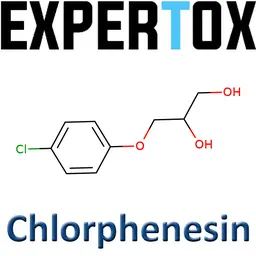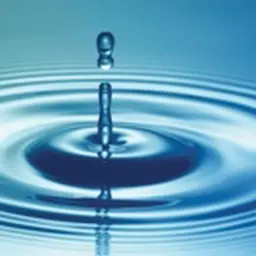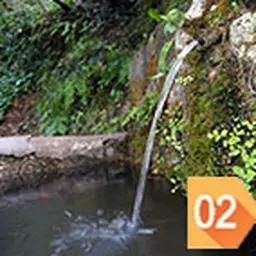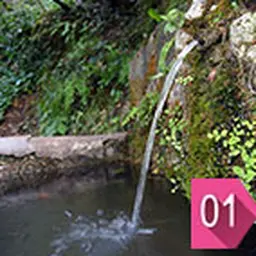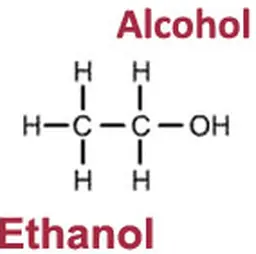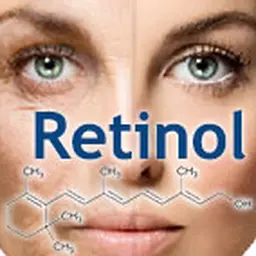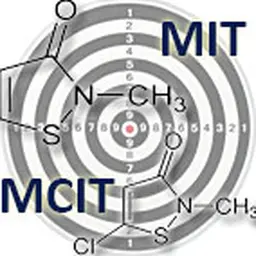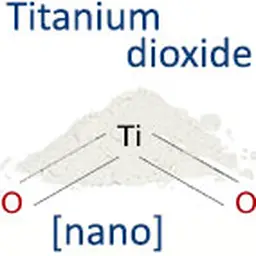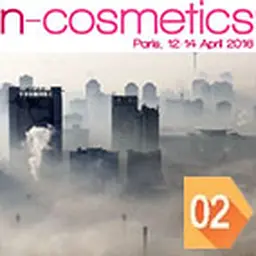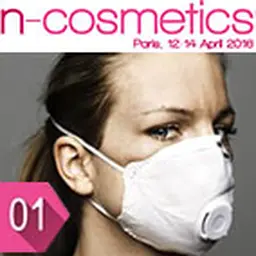
As innocuous as it may seem, talc often triggers controversies within the cosmetics industry, a sector used to polemical issues. And the fact that it has been used for thousands of years will not calm down the debate, as it is now regularly suspected of having carcinogenic effects. Still, should this white powder be added to the red list of ingredients to be avoided?
In its natural state, talc is a magnesium silicate that belongs to the same family as clay and mica, a mineral harvested in quarries like the largest one in the world, located in Trimouns, in the south of France. This soft and sectile, translucent to opaque rock known since the Ancient times has an oily skin feel, but it is also gentle and powdered.
It became widely used in many sectors over time. Ceramic, paper, paint, roofing, plastics, rubber… talc can be integrated to all these materials’ manufacturing processes. The food industry has also made it an anti-agglomerating additive (E553b), while pharmaceutics is keen on its lubricating properties…
Talc in cosmetics
Talc can be used for various cosmetics applications:
• As an anti-agglomerating agent, it is a good base for makeup powders, and it also contributes to the dispersion of colouring pigments and to a better adherence to the skin
• As an absorbent, it acts as a matting agent in facial care products and is widely used to limit perspiration (powders for the feet or deodorants) and the excess of sebum (dry shampoos), or, due to its hydrophobic properties (against water), it can keep certain body parts dry, like …

